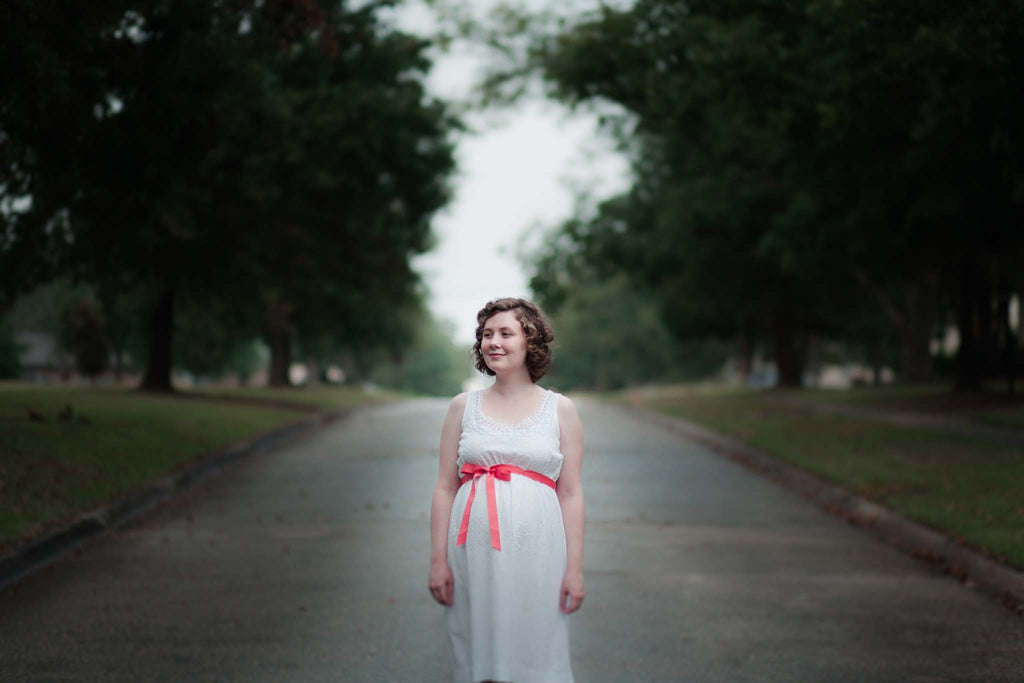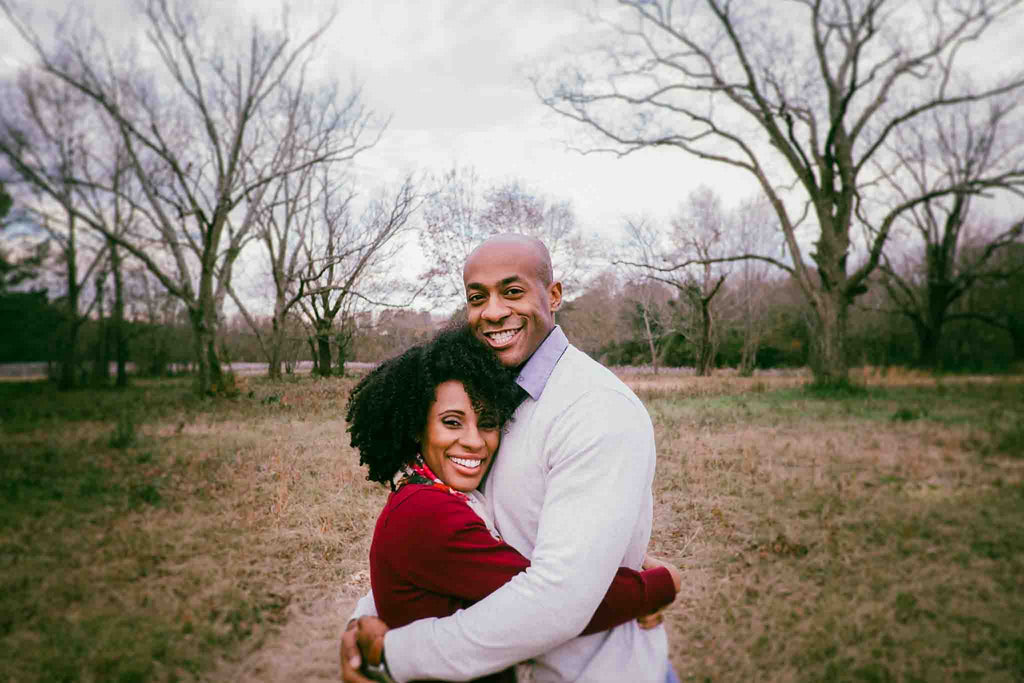- Lightroom Presets
- Mobile Presets
-
Photoshop
-
Learn
-
Support
-
Install
- Best Sellers
- Blog
By Lea Hartman on | No Comments

Have you ever have those times when you wish you’d shot something with a wider aperture, so your image would have that dreamy background blur behind your subject?
Or maybe like me, you just simply forgot to adjust your aperture? Don’t worry, I won’t tell if you won’t.
Getting this right in camera is preferable, but did you know you can fake a background blur in Lightroom pretty easily? With the skillful use of brushes and filters, you can hardly tell the difference.
I’m going to walk you through 3 different (and easy) ways to blur the background in Lightroom. Regardless of which option you choose, the first 2 steps are identical. Note: You can also Blur a Background in Photoshop. If you want to learn how to do this in Photoshop click here.
Let's get started:
You can blur a background in Lightroom using any one or more of these 3 tools:
Depending on the option you choose, first click on the Masks icon in the toolbar just below the histogram in Lightroom. Next, choose which option you want to use to apply blur to the image.

Next you will need to set the blur effect that you want to be applied to your image using the Lightroom brush, radial gradient or linear gradient tool options. These options are very similar for each tool.
I usually begin by selecting the ‘Sharpness’ menu item. From there, simply drag the sharpness slider all the way back to -100. (TIP: If you’re not a fan of sliders, you can also click the number to the right of the slider and simply type in the value you would like to use).
In addition to bringing the sharpness all the way down, I also bring the clarity slider all the way down. I like to see the most dramatic effect first and then move the sliders back up from there, as I go.

Lastly, I bring down the exposure just a bit as well. Reducing sharpness and clarity tends to create unexpected brightness because you are removing some contrast. Make sure all the other sliders are set to zero. (Tip: You can double click on the slider name to reset sliders to zero).
Now that we’ve got the first 2 steps out of the way, let's go into more detail about how to use each individual adjustment tool.
The Lightroom Brush is an incredibly versatile and incredibly powerful tool. Of the three methods we’ll discuss today, brushes offer the most directed control. You can literally paint on the blur wherever you want it and apply additional brush layers to specified parts of the image!
Here's my starting image:

Use the feather and flow sliders to adjust how strong you want the effect to be.
Using the brush tool, "paint" the blur effect on your image wherever you like. (TIP: Hit the ‘O’ key to see a colored overlay of where the effect is being applied. My overlay is set to red but you may have set yours to be a different color. Either way, the more opaque the color, the stronger the effect will be).
TIP #2: I like to set my flow to around 40 or so and simply paint on additional layers for additional blur if needed.

If you accidentally blur an area of your image that you wanted to remain sharp, you can select the ‘Subtract’ button and remove it from those areas. This is much easier to do when utilizing the colored overlay.
Final Image with Blur Added:

What radial gradients lack in control, they make up for in time-saving ability. More often than not, radial gradients will be your quickest option.
Unlike brushes, radial gradients are limited in that they can only be applied in some variation of a round or oval shape. You can access the radial gradient tool by clicking on the Masks icon (circle with a dotted outline). Radial gradients are a great option if you want to apply blur all-around your subject. Something I do really appreciate about radial filters is that they apply the blur evenly.
Here's my starting image:

Adjust the feathering to your taste. I like to keep mine around 50 so that the transition from sharp to blurred is smooth.
Click the ‘Invert Mask’ check box at the top of the Radial Gradient panel. if you would like to apply your edits outside the circle/oval. Leave this box unchecked if you want to apply your edits inside the circle/oval.
Select a spot within the frame, then click and drag until your filter is the size and shape you desire.

Pull the clarity slider up if needed (-100 is a pretty drastic effect that can be mitigated when using brushes because you can control the opacity of the brush). With the radial filter, you won’t have the same amount of control so you will need to adjust the clarity slider directly to lessen the effect.
Again, if you accidentally blur an area that you would like to remain sharp, you can click on the the ‘Subtract’ button on the mask you have created and remove the blur from those areas using a brush or any of the masking tools. This is much easier to SEE if you’re utilizing the colored overlay.
Final Image with Blur Added:

Linear gradients have long since been my FAVORITE way to create background blur because I feel like I get the best of both worlds. With linear gradients, I can utilize more control than I can with radial filters AND I also get a more even application than I can with brushes!
Here's my starting image:

Linear Gradients are a simple click and drag from the outside edge of the frame toward the center. Linear gradients can be horizontal, vertical or any variation of diagonal. You can even rotate them by hovering over the centerline.
When you place your linear gradient, you will see three lines. (Tip: you can hide or show these lines by tapping the ‘H’ key). The closer the lines are to each other, the more abrupt the effect transition will be. The further apart the lines are to each other, the softer teh effect transition will be.

You can add additional graduated filters as needed or right click on the small circular filter dot to duplicate the filter. But be careful as this can often be too dramatic and will probably need some further tweaking. (TIP: This option is available with all three tools we’ve discussed here).
As with brushes and radial gradients, if you accidentally blur an area you would like to remain sharp, you can select the ‘Subtract’ button in the Masks panel and remove it from those areas using the brush or any of the available masks. Again this is much easier to do if you’re utilizing the colored overlay.
Final Image with Blur Added:

After you’ve finished using one of these techniques (or a combination) to blur your background, you can click the + symbol in the upper right hand side of the ‘Presets’ module on the left hand side of Lightroom to save the brushes, radial or linear gradient filters you've just created to a new preset. This is an easy way to apply blur in the future without having to retrace all of these steps.
Although, blurring your background in Lightroom really can't replace the blur that can be created in-camera, it can definitely add SOME blur to your image. So, next time you miss capturing a nice blurry background in-camera, just remember that there’s an easy way to add that dreamy blur to your image in Lightroom!
Do you have any questions or comments about How to Blur a Background in Lightroom? Leave us a comment below - we would LOVE to hear from you! And PLEASE SHARE this post using the social sharing buttons (we really appreciate it)!




Lea is a self taught natural light photographer currently based out of North Carolina. Happily married for 14 years, she and her lover boy are raising three crazy kids wherever the army sends them. She's addicted to coffee, jamberry and her dog, Huxley.

Comments